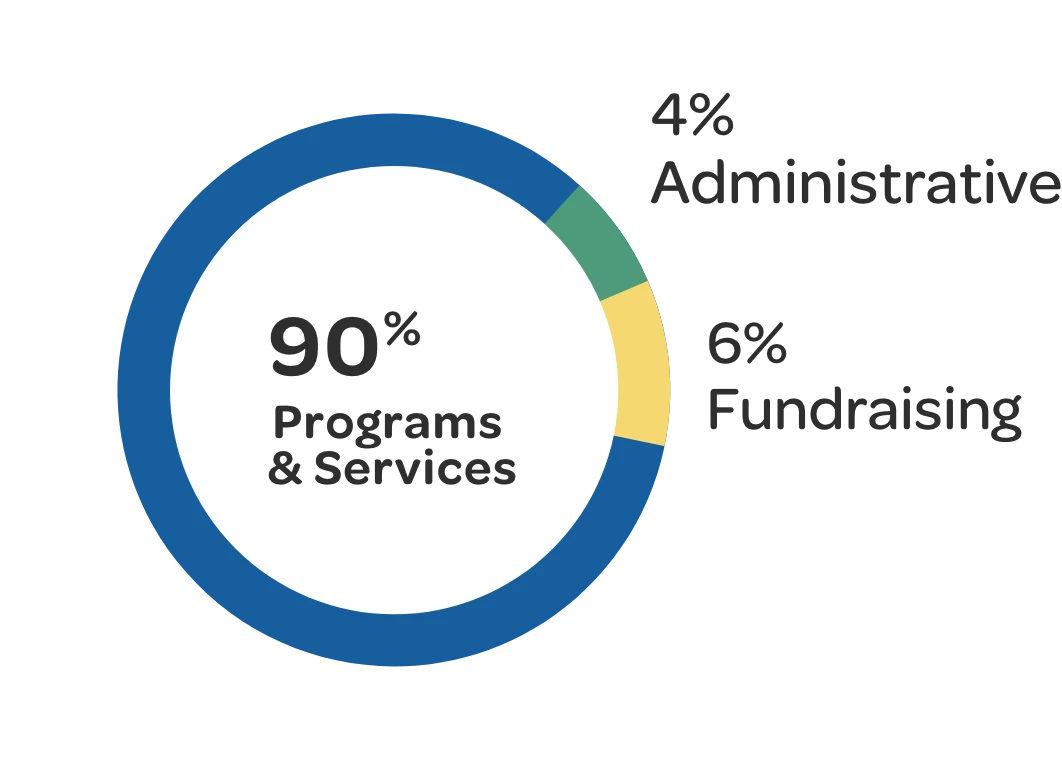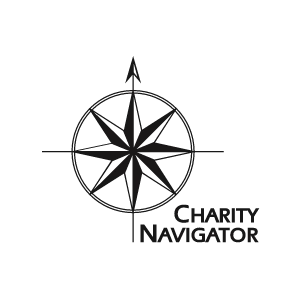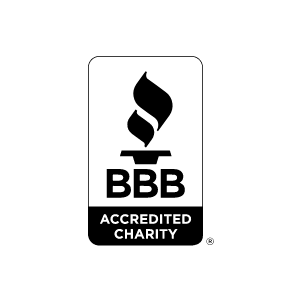Updated: May 14, 2025
What is forced displacement?
When conflict or disaster compels people to leave the homes and localities where they live, it is called forced displacement or involuntary migration.
If the displaced people stay in their own countries, the UNHCR, the UN refugee agency, counts them as Internally Displaced Persons (IDPs). If they cross their home countries’ borders, they’re recorded as refugees.
How many forcibly displaced people are there in the world?
By December 2024, the number of internally displaced people (IDPs) in the world pushed out of their homes and lands by natural disasters or human-created ones (persecution, conflict, generalized violence, human rights violations, socio-political collapse, etc.) reached a staggering 83.4 million of which 73.5 million were displaced by conflict and violence, and 9.8 million by disasters.
These figures continue to climb as more people flee for safety, resulting in generations growing up in displacement without a sustainable solution.
Are the world’s forcibly displaced increasing in number?
Yes. Sudan’s displaced population has soared to a massive 11.6 million as of December 2024, with over 8 million displaced from conflict and flooding since mid-April (8.1 million IDPs, 3 million refugees).
Lebanon’s displaced population has risen to an estimated 876,000 just since November 2024.
The entire population of Gaza, 2.3 million, remains displaced since the conflict started in October 2023.
In the United States, 11 million disaster displacements were the most ever recorded for a single country.
What countries have the most displaced people?
Counting total forcibly displaced peoples by country is not straightforward. There are official (always lower) counts that go by UN-registered displaced (refugees and IDPs) and other methods of counting.
These recorded numbers lag about a year behind current realities and are not inclusive.
Palestinian totals of displaced individuals, moreover, are not counted with other populations but always officially tabulated as their own separate category. Agencies do not even know how to classify or count the 1.9 million serially internally displaced of Gaza, more than 1.3 million of whom were refugees to begin with.
If we look at the most current figures for the total combined population of refugees and IDPs by country, here are the world’s most forcibly displaced peoples:
12.8m – Sudanese
10.9m – Ukrainians
9.1m – Palestinians
8.7m – Congolese
6.1m – Afghans
6.2m – Venezuelans
4.6m – Yemenis
4.9m – Somalis
3.7m – Rohingya
With 13.8 million people forcibly displaced both within and beyond its borders, Syria has the highest number of displaced people globally, more than half its population. Türkiye hosts the largest number of Syrian refugees, with others fleeing to Lebanon, Jordan, and Iraq.
What countries host the most refugees?
Here are the top 10 refugee host countries:
3.1m – Türkiye
3.8m – Iran
2.9+m – Pakistan
2.8m – Colombia
2.7m – Germany
2.2-3m – Jordan
2.2m – Palestine (West Bank & Gaza)
1.7m – Lebanon (most per capita)
1.7m – Uganda
1m – Bangladesh
Has Zakat Foundation of America helped Gaza’s refugees & serially displaced?
Yes. While aid entry into Gaza has been severely restricted, we’ve delivered more than 1 million meals –845,710 hot meals – to the starving, serially displaced Palestinians from October 2023 through 2024.
We’re the only international charity that has delivered aid by airdrop (through the Royal Jordanian Air Force – 8.8 tons of rice).
We provided 2.68 million liters of water to quench the thirst of at least 77,700 of Gaza’s dehydrated.
We delivered essential medical, hygiene, winter clothes and blankets, and shelter supplies for more than 33,230 people inside Gaza.
Compared with the dire needs of the people of Gaza, this is like a drop in the ocean of their overwhelming, desperate need.
Is Zakat Foundation of America helping Lebanon’s newly displaced?
Yes. In the first days of Lebanon’s displacement crisis we began sending family food baskets and family & household hygiene packages to its suddenly-displaced. Give Here.
Can you give some examples of your help for people displaced by natural disasters?
When the two “extreme intensity” earthquakes struck Türkiye in February 2023, we rushed vital charitable support from donors to more than 600,000 victims, including medical supplies, 50lb food bags of staples (rice, lentils, and bulgur), and crates of specialized foods like baby formula, along with clean water and family & household hygiene packages, and more.
We had these firsts when the earthquakes hit:
The 1st humanitarian agency offering aid on the ground
The 1st to grasp the trauma’s massive mental & social health impact & open a psychosocial therapy center for the afflicted
The 1st (of few) to build a comprehensive-service tent village for victims
We had similar responses for the wildfires that swept across California, hurricanes that severely damaged areas of Florida and Louisiana, the victims of the 2024 Bangladesh floods this year, and for those who suffered from the earthquakes that struck Morocco in 2023, and two days later the victims in Libya, who were overtaken by flash floods.
When massive climate-change flooding deluged Pakistan in 2022, we helped 60,000 people with emergency relief in the most remote, hardest hit areas, including establishing 34 Health Camps in isolated areas. In 2024, we provided one and two bedroom shelter homes to 200 flood affected families.
How many victims of disaster benefit from this aid?
Overall, we’ve helped at least 2 million displaced victims of disaster and conflict in the last two years – just with emergency aid.
That’s not including our yearly food security Ramadan iftar and Udhiyah-Qurbani programs that feed millions each year, some of whom are refugees, internally displaced, or orphans.
Many people do not realize that Zakat Foundation of America’s Udhiyah-Qurbani program, for the poor and afflicted in more than 42 countries, is a massive, all-local, logistical undertaking that cannot cover its own costs.
Zakat Foundation of America, with its supporters’ generosity, subsidizes all the costs as an Islamic charitable service for these impoverished and vulnerable Muslims around the world. (This includes advertising for the program, selecting and buying sacrificial animals, hiring local shepherds to care for the herds, providing feed, hiring professional butchers, and packaging and distributing fresh, never frozen, Islamically-sacrificed meat, and more).
Our Ramadan iftar and Udhiyah-Qurbani programs provide at least six sustained weeks of rich nutrition for thousands of displaced families with children. This is a miraculous bulwark against malnutrition and food insecurity for the needful and a great seasonal boost for their local economies.
In addition, we don’t turn away from refugees and IDPs after emergency aid. We offer long-term programs that help tens of thousands.







